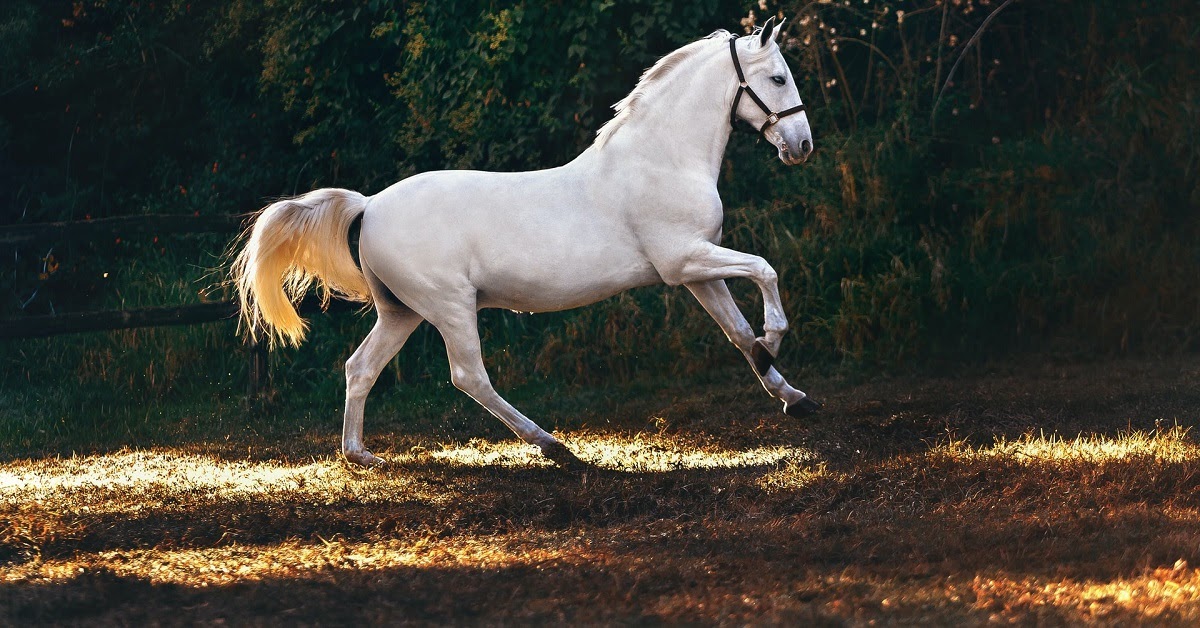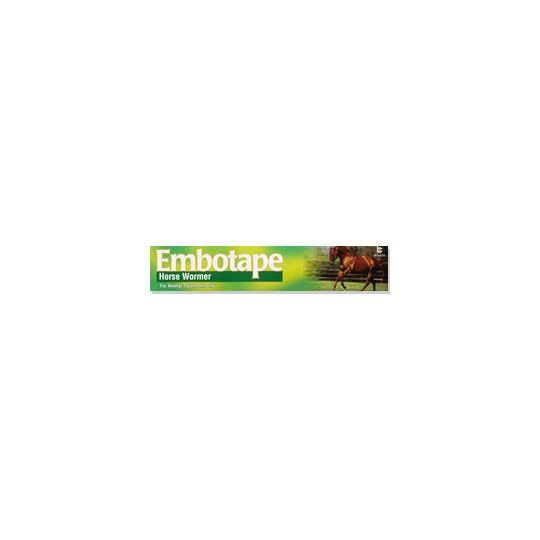Vetpharmacy.co.uk Cookie Policy : We use cookies to enhance your user experience. To find out more please view our cookie policy
Our Ultimate Guide to Horse Worming

There have been rapid changes to worming recommendations for horses; it’s important that you are up-to-date with the latest practices in the industry to keep your horses healthy. Continue reading to know more about worming, horse worming, and tapeworms.
Why is horse worming necessary?
It is unavoidable for every horse to pick up a variety of parasitic worms from the environment during grazing. The horse’s immune system stores the worm burden in the gut. It’s critical to understand that it’s normal and healthy for the horse to keep a small worm burden as it enables them to develop their immunity.
However, for the horses to maintain good health, it is essential to keep the worm burden levels in check and treat them if need be. The intestinal worm burden can be excessive if the horse is exposed to high levels of worms or if the immune system fails, thus becoming life-threatening. Gut damage caused by worms can lead to diarrhoea, colic, and other kinds of long-term complications for the horse, even after getting rid of the worms.
Are horses of all ages in need of horse worming?
Even though young horses tend to be more vulnerable to worm-related complications, even older horses can be affected.
Horse worming, tapeworms & other types of horse worms
Below are the internal equine parasites that should be of concern when it comes to horses:
- Small strongyles (small redworms)
- Large strongyles (large redworm)
- Tapeworms
- Pinworm
- Roundworms (ascarids)
Small strongyles
There are numerous species of small strongyles. They measure 0.5cm to 2.5cm in length and can be either white or red. This means they can be almost the same size as large redworms.
Large strongyles
Adult large strongyles/redworm ( Strongylus vulgaris) measure 1.4cm to 2.5cm in length and are red. They have become rare to find.
Tapeworms
Tapeworms (Anoplocephala perfoliata) can be grey, green, yellow, white, or cream, and the adults can measure up to 8cm by 1.2cm.
Roundworms
Roundworms/ascarids (Parascaris equorum) are large white worms that can reach 50cm in length. You can find them in the small intestine of young horses (yearlings, foals, and two-year-olds).
Pinworm
Pinworms (Oxyuris equi) are white, and the males can grow up to just 9 to 12mm in length. The females are much bigger and can go up to 150mm with a long thin pin-like tail (where the name is derived from).
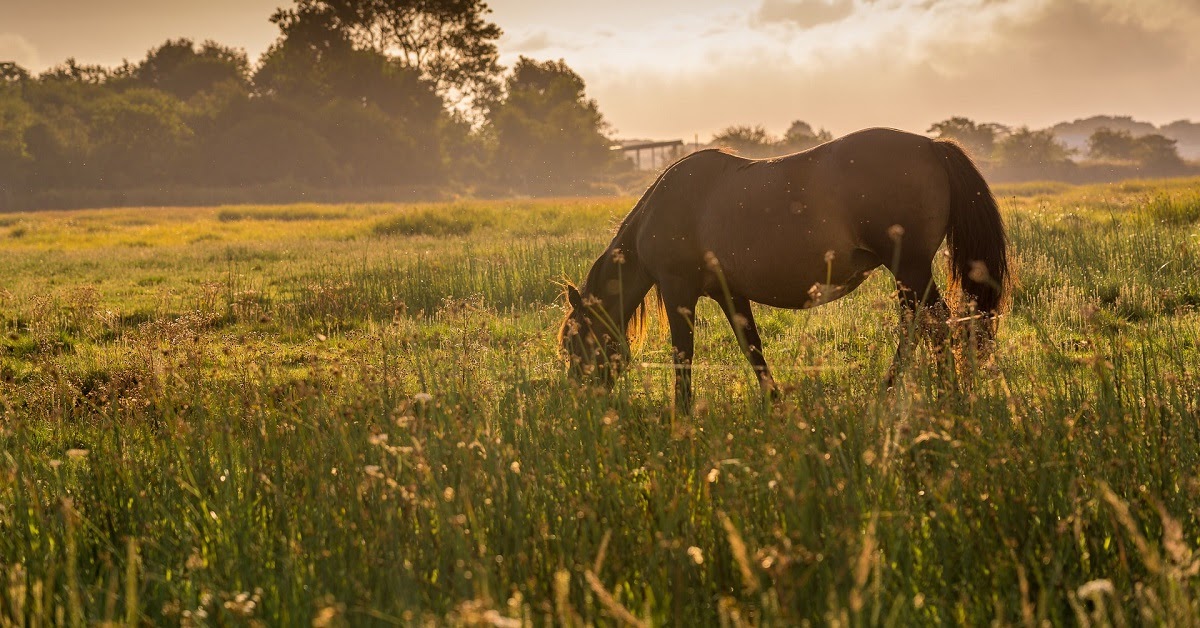
Spotting tapeworms & signs of worms in horses - why you need horse worming
A horse with a huge worm burden may, at times, have a poor appearance with a pot-belly and may develop a rough coat that cannot be shed easily in the spring. Loose droppings, diarrhoea, colic, and weight loss can all be signs that worms have attacked your horse.
Young horses are more vulnerable to worms. They may not grow to their full potential if the parasite levels are not managed and restored to a minimum. Coughs and nasal discharge are common symptoms of worms you might witness in young horses with roundworms.
Pinworms may cause irritation around the tail, leading to self-inflicted injury as the horse tries to relieve the itch.
How to treat worms such as tapeworms using horse worming
It is not advisable to eliminate all the worms from a horse. Low levels of worms in the gut play an important role in keeping the horse healthy. The aim should be to maintain a low worm count using anthelmintic drugs.
Roundworm and pinworm can be stubborn to treat and tend to recur in some cases. That’s why it is important to consult with your vet for available options in regards to treatment.
Looking to pamper your horse? Check out our previous blog post:
How to celebrate your horse
Here are the best products we recommend to help combat worms in your horse:
Equimax Horse Wormer
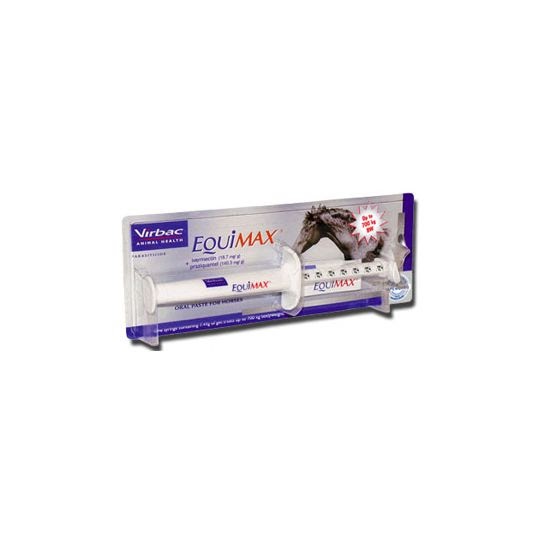
Embotape Horse Wormer
Equest Pramox Horse Wormer
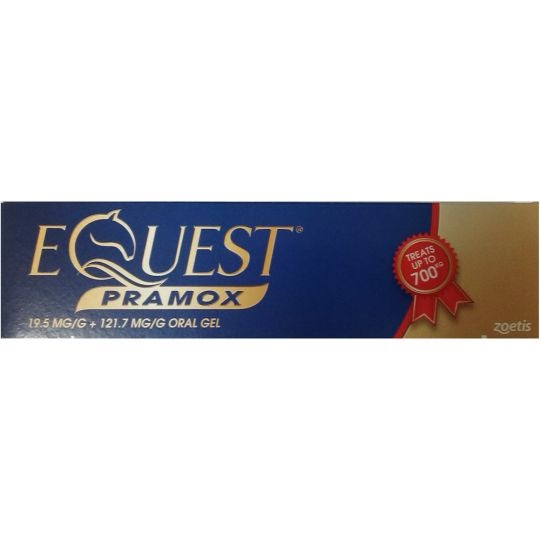
Why wait to protect your horse?
This blog post was written on behalf of Vet Pharmacy by Pharmacy Mentor.
